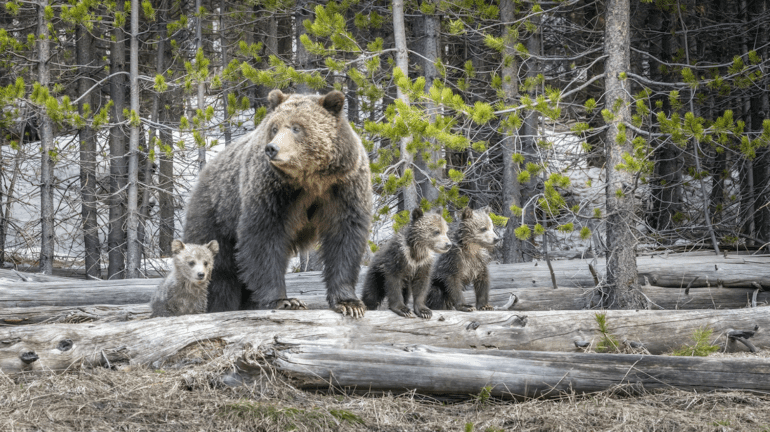TL;DR:
- Canada explores AI-driven bear safety measures following a fatal grizzly attack.
- AI radar successfully tracks polar bears in Canada’s northern regions, aiding in early warnings.
- Concerns rise over increased bear sightings and encounters in Canada.
- AI technology shows promise for issuing bear proximity alerts to campers and hikers.
- Experts debate the effectiveness of AI radar in densely forested bear habitats.
- Wyoming remains committed to traditional bear safety methods and public education.
- Emphasis on human awareness, caution, and respect for bear territories urged by experts.
Main AI News:
In the aftermath of a recent tragic grizzly attack within one of its national parks, Canada is exploring the integration of artificial intelligence (AI) into bear safety measures. The aim? To prevent further incidents and safeguard the well-being of both humans and bears. While some argue that relying on human intelligence is more effective, the potential benefits of AI cannot be dismissed.
Dan Thompson, a large carnivore specialist at the Wyoming Game and Fish Department, expressed reservations about the prospect of reaching “Skynet levels” to address bear-related issues. However, Canada has already witnessed success in using AI-driven radar to track polar bears in its northern regions, where polar bear encounters can pose a threat to humans.
The increase in polar bear sightings, as well as encounters with grizzlies and black bears across Canada, has raised concerns. In remote areas like Churchill, Manitoba, AI technology has been employed to issue early warnings to residents, offering them valuable time to avoid confrontations with marauding polar bears.
The crucial advantage of AI lies in its ability to discern polar bears from other radar blips, thanks to advancements in technology. Researchers are now exploring the possibility of applying this technology to warn campers, hikers, and others about the proximity of grizzly and black bears in Canada.
However, as bear expert Chuck Neal of Cody pointed out, the effectiveness of AI radar technology in densely forested habitats, typical of grizzlies and black bears in Wyoming and Canada, remains uncertain. Furthermore, the current cost of the technology is prohibitive for Wyoming.
The Wyoming Game and Fish Department remains committed to traditional bear safety methods, emphasizing public education on being “bear aware” and responsible behavior in grizzly country. While Canada’s AI bear radar project is intriguing, Wyoming is inclined to stick with proven strategies.
Chuck Neal echoes this sentiment, emphasizing that human awareness, caution, and respect for bear territories should remain paramount. He warns against overreliance on technology and the potential complacency it might breed in bear country, stressing the importance of maintaining good habits and vigilance.
Conclusion:
The potential adoption of AI-driven radar for bear safety in Canada raises interest in the market. While it offers promise in certain contexts, the limitations in densely forested areas and high costs may hinder its immediate widespread use. The focus remains on a balanced approach, combining technology with traditional methods, to ensure bear safety and minimize human-bear conflicts.

